Trivikramasana ( त्रिविक्रमासन ) is often translated in English as –’Three Steps Pose’ or ‘Three Steps Splits Pose’. This asana aids to strengthen hamstrings, knees, thighs, groins, and ankles and relieve stiffness from sore hips and back muscles. Here, we’ll talk about various such health benefits, steps and precautions for performing ‘Trivikramasana’.
The word ‘Trivikramasana‘ ( त्रिविक्रमासन ) is the combination of two Sanskrit words – Trivikrama ( त्रिविक्रम ) means “three strides” or “three steps” and “Asana” ( आसन ) means ‘seat’ or ‘pose‘. In this standing pose, one leg is stretched straight up beside the body and the ankle is grasped with one hand, meanwhile the other arm is extended straight out sideways.
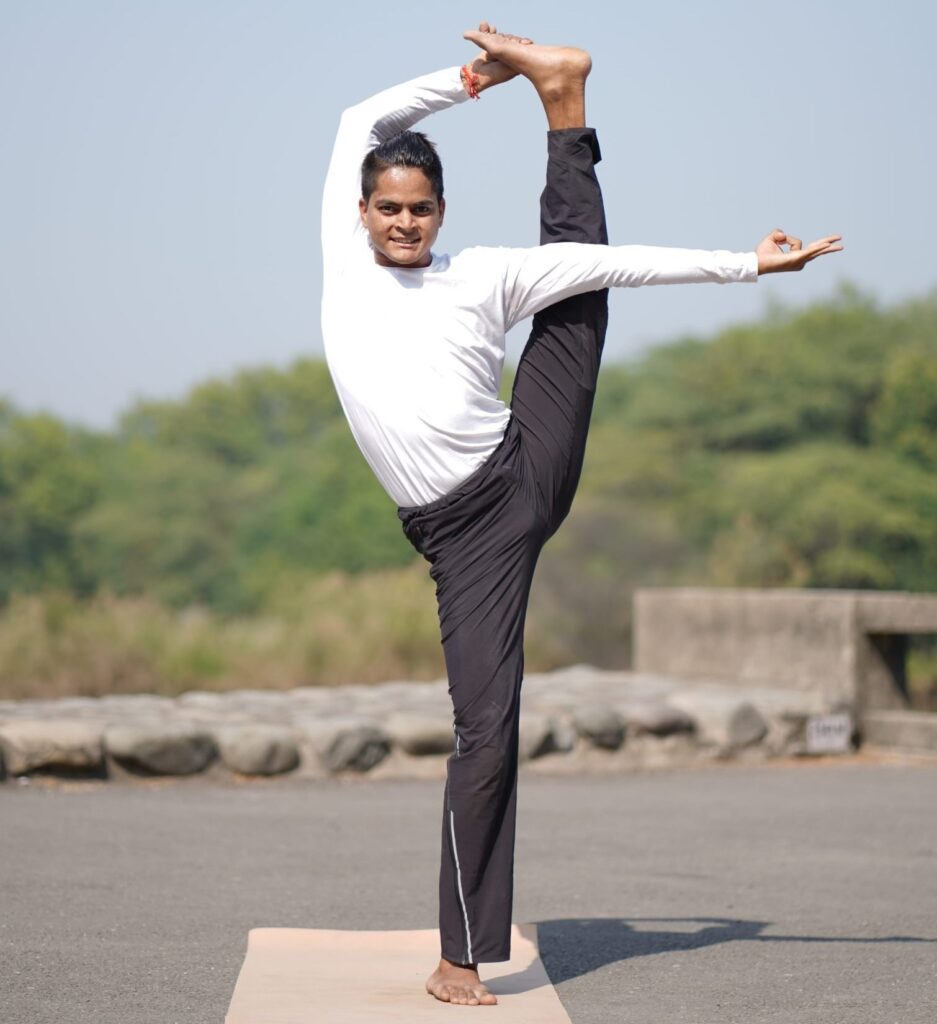
According to Hindu texts, ‘Trivikrama’ is a name of Lord Vishnu’s incarnation ( Vamana Avatar ). The legend says, King Mahabali granted Lord Trivikrama three steps worth of land on completion of a yajna. In this avatar, Lord Trivikrama grew into his giant size to cover the earth & universe with his 2 steps. The King offered his head for third step to fulfil his promise.
Vamana striding the heavens as Trivikrama in his characteristic yoga pose has been illustrated in the 19th century Sritattvanidhi, This yoga makes the body energized by strengthening the body and muscles and balancing the mind. There’re two types of Trivikramasana –
- Utthita Trivikramasana ( Standing Splits Pose)
- Supta Trivikramasana ( Reclining Splits Pose )
How to practice Trivikramasana ( Three Steps Splits Pose )
To get the maximum benefits and to avoid any injury, follow the below mentioned step-by-step guide to do Trivikramasana :
Utthita Trivikramasana ( Standing Splits Pose / Pose of Trivikrama Standing )
Step 1 :
- Stand straight on the floor in Tadasana & raise your left leg upward.
Step 2 :
- Bring right hand overhead from back for the left foot to hold toes.
Step 3 :
- Now, grab ankle and calf muscles of your left leg with both hands.
Step 4 :
- Interlock the fingers & extend the arms to hold your left heel firmly.
Step 5 :
- Keep your left calf near to your left ear and slowly widen the elbows.
Step 6 :
- Gaze on a single point & extend the left hand at the shoulder level.
Step 7 :
- Breathe normally and stay in this position for about 5 to 10 seconds.
Step 8 :
- To resume the original position, slowly release your left heel and leg.
Step 9 :
- Repeat the entire process on the other side for same amount of time.
Supta Trivikramasana ( Reclining / Resting / Supine Splits Pose )
Step 1 :
- Begin the supine splits pose by sitting up on the floor (Dandasana).
Step 2 :
- Lie down on your back, keeping your legs and shoulders stretched.
Step 3 :
- Raise your left leg at 90° and hold the left big toe with the right hand.
Step 4 :
- Push your left thigh towards the floor move towards your left shoulder.
Step 5 :
- Turn your left hip outward to support the leg during this deep stretch.
Step 6 :
- Inhale & slowly press the feet of your left leg with both of your hands.
Step 7 :
- Meanwhile keep your right thigh is pressed firmly towards the ground.
Step 8 :
- Stay in this posture for about 2-4 breaths and exhale as you come out.
Step 9 :
- Repeat the entire process on the right side for same amount of time.
Modifications and Variations
Supta Padangusthasana ( Reclining Head to Big Toe Pose ) and Surya Yantrasana ( Compass Pose ) are variations of Trivikramasana.
To intensify & deepen your experience during Trivikramasana, try following modifications and find a variation that works well for you :
1. People with limited hamstring extension and internal shoulder rotation
- You may hold the left big toe and focus on extending your left leg sideways, while keeping the right leg straight.
- Focus on your hamstring extension and to stretch the calf of the free leg, flex ankles and point the toes upwards.
2. For those who face difficulty to maintain balance during your practice
- Practice it by standing sideways against the wall & raise the leg to comfortable height without straining muscles.
- Ensure hamstrings and inner thighs are strained and adds depth to oblique extension by rotating the shoulders.
Benefits of Trivikramasana ( The Splits Pose )
Trivikramasana is an advanced yoga pose makes the body energized by strengthening muscles and balancing your mind.
Following are The Top 5 Health Benefits of Trivikramasana ( The Splits Pose ), that you may attain with regular practice :.
1. Trivikramasana makes your storng and flexible body
- This pose creates an intense stretching in hamstrings, hips, shoulders, knees and promotes spinal flexibility and strength.
- Apart from this, It also helps to build strong and flexible groins, gluteus pelvic floor muscles. and improves body balance.
Also Read :
2. Trivikramasana improves Mental Health
- By doing the three steps split pose regularly, you would be able to achieve stability, calmness and awareness of mind.
- This asana makes our muscles much more active and makes us feel relaxed that relieves stress, headaches and insomnia.
Also Read :
3. Trivikramasana improves digestion
- This asana makes your lower abdominal muscles muscles strong and improves digestion by strengthening core muscles.
- According to some yoga experts, this yoga asana helps to restores Pitta doshas and balances fire elements of our body.
Also Read :
4. Trivikramasana improves Women’s Health
- The Three steps pose helps to relives menstrual and menopausal and disorders by regulating the blood flow in the body.
- This asana has soothing effects on internal organs that may cure infertility and offers a healthier reproductive system.
Also Read :
5. Trivikramasana activates Sacral and Root chakras
- The splits pose can activate the Svadisthana or Sacral Chakra that is associated with pleasure, creativity, joy & sensuality.
- Plus, this asana also stimulates the Muladhara or Root Chakra that provides a sense of grounding, safety and security.
Also Read :
Precautions and Contraindications
- Avoid its practice If you have pain feet, knees, back, hips, ankle or shoulders.
- People who been through any recent surgery must avoid doing this asana.
- People with high blood pressure and heart diseases must avoid this yoga.
- Don’t practice this pose if you’re pregnant or after 6 months of giving birth.
Tips For Beginners
- This asana can be performed both in the morning and evening, with a gap of 4 to 6 hours between your meal and practice.
- It’s really important to make sure that you’ve defecated before start doing this pose and your stomach is completely empty.
- Splits pose is an advance yoga asana thus beginners are advised to practice it under the guidance of a certified yoga expert.
- Listen to your body & be aware of the pressure alert points. Practice neutralizing movements after coming out of the pose.
- Practice basic stretching pose regularly in order to gain enough strength and flexibility so that practice this asana with ease.
Preparatory Poses
- Vyagrasana
- Surya Yantrasana
- Uthana Mandukasana
- Utthita Hasta Padangusthasana
Follow Up Poses
- Salabasanasana
- Bhujangasana
- Salamba Sarvangasana
Conclusion
Trivikramasana is a part of advance ashtanga yoga asana as it is bit difficult but with regular practice, you can do it this pose easily. This hatha yoga asana corrects hunched body alignment & strengthen bones.
We really hope that this article would be useful guide for your practice of Trivikramasana. Here. we’d like to invite you to please share your views and suggestions on this article in the comment section below.
Also Read
FAQs Related to Trivikramasana and its Benefits
What are the benefits of practicing Trivikramasana on one's muscles ?
Trivikramasana aids to strengthen arms, neck. shoulders, upper back, core (abs), biceps, triceps, quadriceps, feet, ankles, hips, legs and inner thighs. This asana offers stretching at an advanced level works as an great hip opening exercise. Plus, this asana also supports full breath into the lungs for proper functioning and activates prostrate glands.
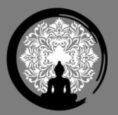
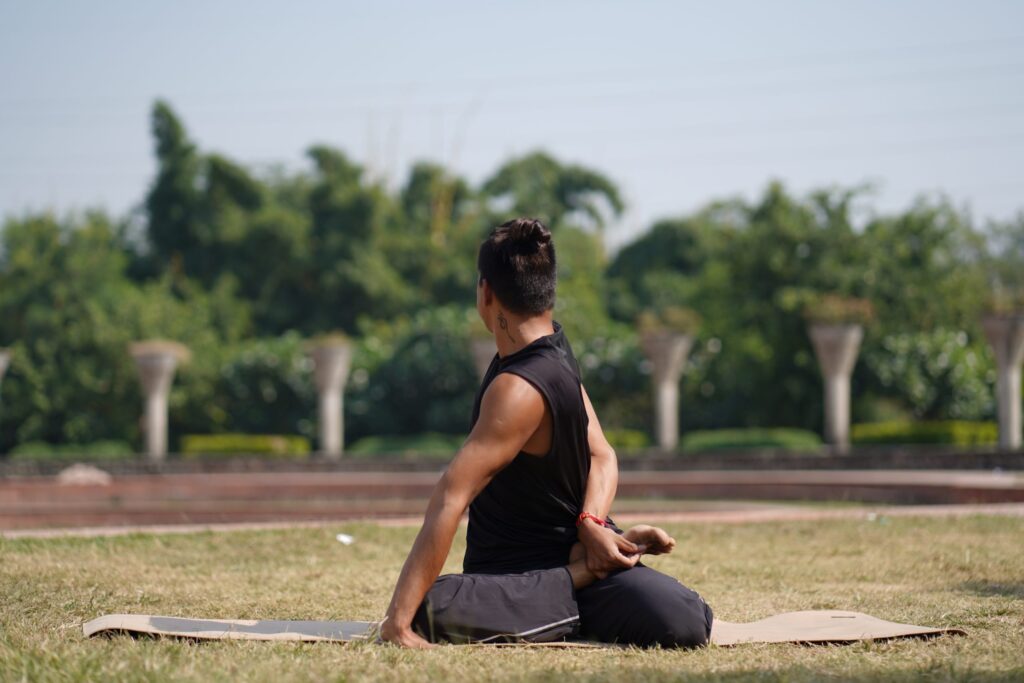
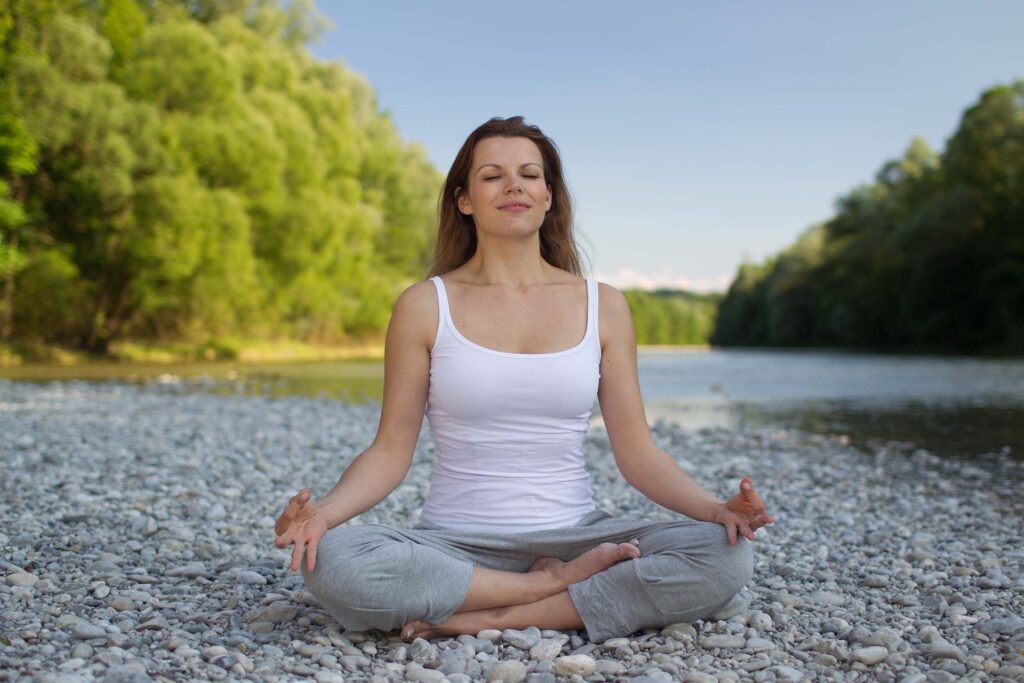
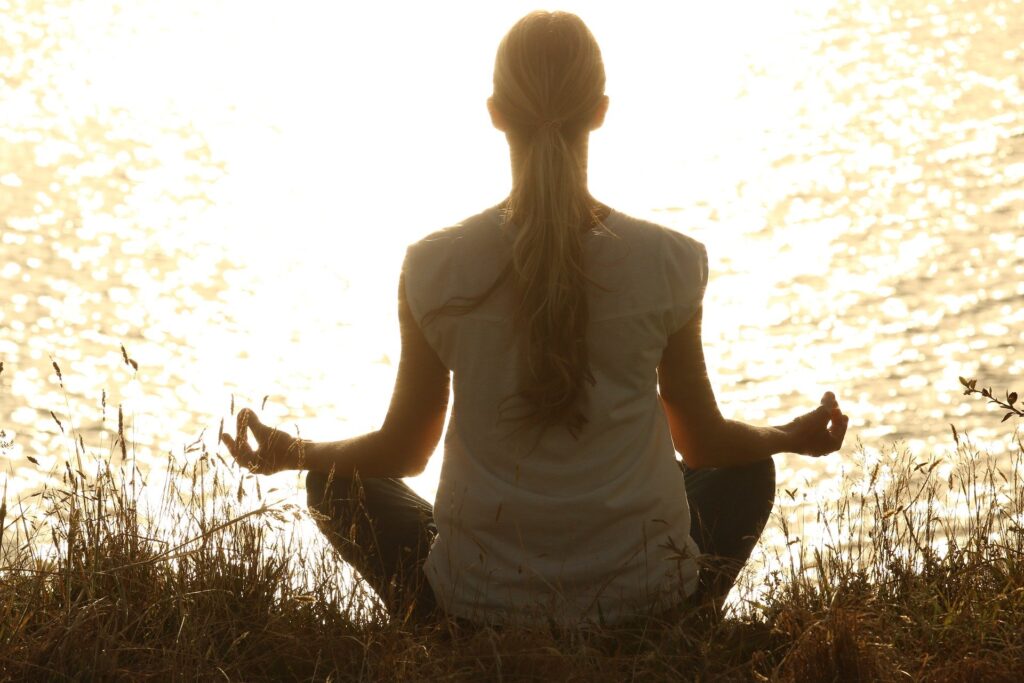
Thanks for your blog, nice to read. Do not stop.
Wow sir you are always great 👍
I’m very inspired by you.